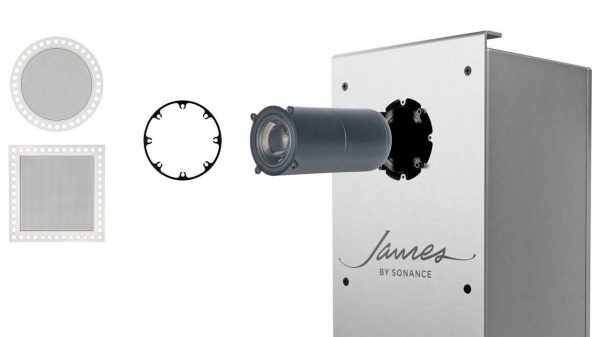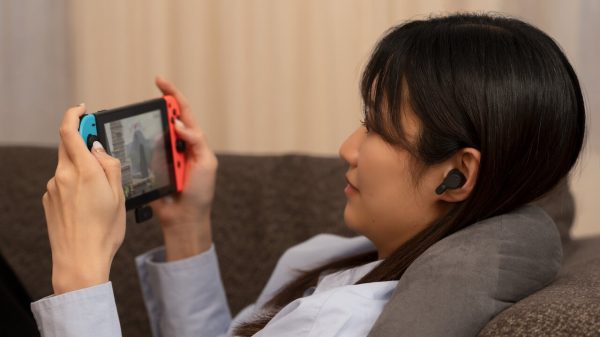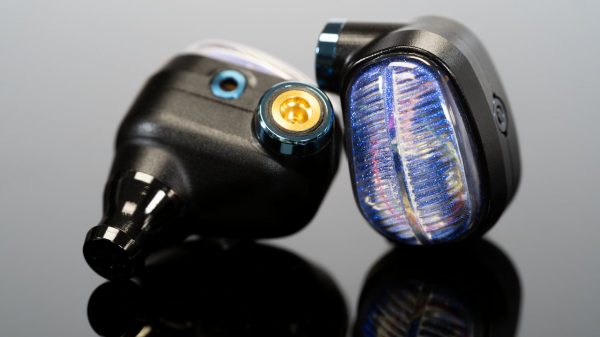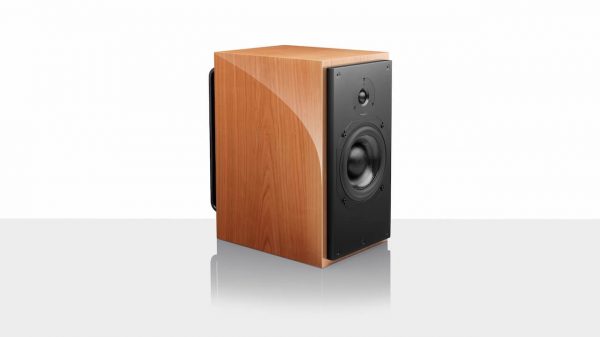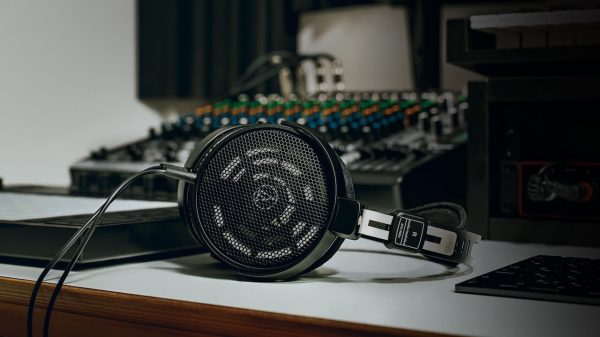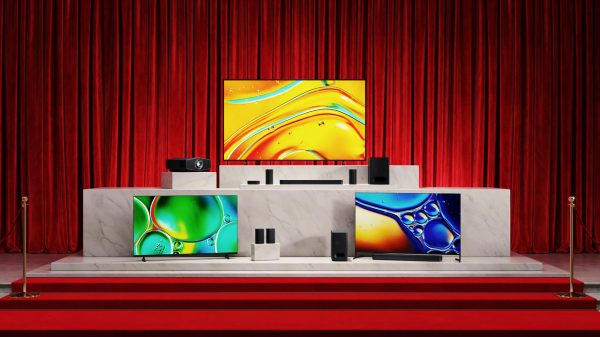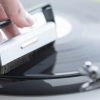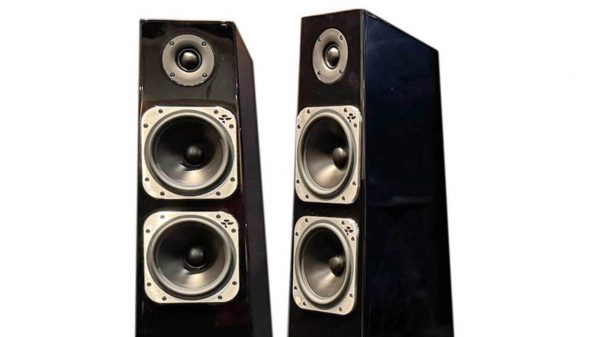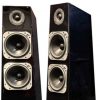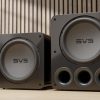Having just reviewed the iFi GO Bar, I was somewhat surprised to discover that iFi were working on another version of the very capable Dongle DAC with two features that would tug rather heavily at my love of Japanese culture and recording technology.
A lifelong obsession with Kurosawa and Toshiro Mifune has always kept my radar on for anything that looks and feels “samurai,” and for that alone the new iFi GO Bar Kensei makes me want to invest in one.

Support for JVCKenwood’s K2HD technology also made me very curious when I read the release.
Having invested a rather substantial amount of money in the 1990s for an entire collection of JVC XRCD2 recordings, I can attest to the excellent sound quality of the CD releases from the period; I would rank them higher than any of the DCC or MoFi CDs from the same time frame.
If memory serves me correctly, there were more than 1,000 CDs released in this format, although the vast majority were for the Asian market.
So what exactly is K2HD processing?
It is possible to expand digital data from low-grade formats (32kHz) up to high-grade formats with a maximum of 24-bit/192kHz with K2HD processing.
For example, when a CD master is produced from an analog master tape, everything above 20kHz is cut during CD formatting. K2HD processing reproduces the lost high-frequency components almost the same as the analog master.
It is also possible to create music that is only available on CD masters (16-bit/44.1kHz) in high-resolution (24-bit/192kHz, 24-bit/96kHz) to get the best possible use of the effects of existing music.
K2HD coding enables digital data containing high-grade formatted music data up to a maximum of 24-bit/192kHz to be stored in low-grade formats with a minimum of 16-bit/44.1kHz.
The two key-phrases that were emphasized during development were “the original sound without any changes” and “restoring sound to its original state.” This principle remains unchanged for K2 even today.

Enhanced Circuitry & Connections
The GO Bar Kensei offers a tailored, personal experience for the listener thanks to four digital filter options as well as XBass+ and XSpace options to create a more accurate bass response and spacious sound field.
An enhanced power and clock circuitry produces a wider soundstage, more detail and improved bass impact and resolution.


Equipped with a 4.4mm balanced output, a symmetrical twin-mono output stage, and a formidable 477mW of output power, the GO Bar is capable of driving a wide range of headphones.
Additionally, iEMatch fine tunes the output levels for sensitive IEMs while Turbo Mode adds 6dB for hungrier headphones.

Design steeped in Japanese history
Crafted from Japanese Stainless Steel for maximum rigidity, the GO Bar Kensei draws upon inspiration from the craftsmanship of a Kensei’s legendary blade.
All of that sounds appealing, but there is also a $129 premium over the base model.
The power output from both the single-ended and balanced outputs are the same and it will be interesting to see how the integration of JVCKenwood’s K2HD technology handles various streaming files and ripped copies of my JVC XRCD2 CD collection that I can access on my Roon Nucleus music server.
Is this nothing more than fancy marketing mumbo jumbo wrapped in a fancy case or does the technology really improve the sound quality of said files.
Early Impressions…
The iFi GO Bar Kensei Dongle DAC was a birthday present to myself this year and whilst the $450 was not a small investment of money — there is no question that what it offers over the standard model that we already reviewed is rather substantial.
The build quality is superb; the stainless steel case feels very substantial and the controls remind me more a high-end DAP than a Dongle DAC.
The weight is most certainly noticeable. Any thought I had about schlepping this around in a shirt pocket vanished almost immediately and it is really designed for the breast pocket in my jacket or for the desktop whilst working.
The additional power provided by the 4.4mm headphone output makes a difference with headphones like the Meze 99 Classics and 109 Pro — the open-back 109 Pro from our friends in Romania certainly need more power and this rather potent Dongle DAC might be ideal for it.
Do the digital filters make a difference? My initial impression is that the differences between them are not huge but they do make an impact, overall — the 4 filter options are Bit- Perfect (cyan), Standard (red), Minimum Phase (yellow), and Gibbs Transient-Optimized or GTO (white).
The Bit-Perfect added some color and impact to the bass with the aforementioned headphones, but the most impressive change came in the midrange which feels both cleaner sounding and more accurate from a timbre perspective.
The secret sauce is JVC’s K2HD technology, and there is a noticeable shift in the amount of depth and timbre across the board. Notes feel slightly rounded, which results in an overall smoother sounding presentation.
I have some IEMS inbound that are more neutral sounding to ascertain how the Dongle DAC impacts their overall presentation and detail retrieval.
Stay tuned…
Specifications

Pricing & Availability
The iFi GO Bar Kensei is available starting March 19, 2024 for $449 at Amazon.
For more information: ifi-audio.com
Related Reading:



